One of the most important first steps towards building a strong relationship and efficient communication with your dog is teaching them their name. It lays the groundwork for future training in addition to assisting your dog in recognizing you. This article will lead you through the steps and provide helpful hints and methods to make learning their name enjoyable and efficient.
Other Topics You Might Like
Helpful Products You Might Like
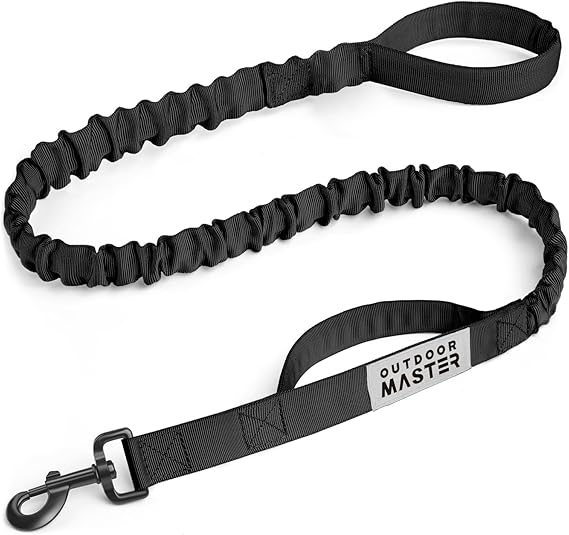
Outdoor Master Bungee Dog Leash
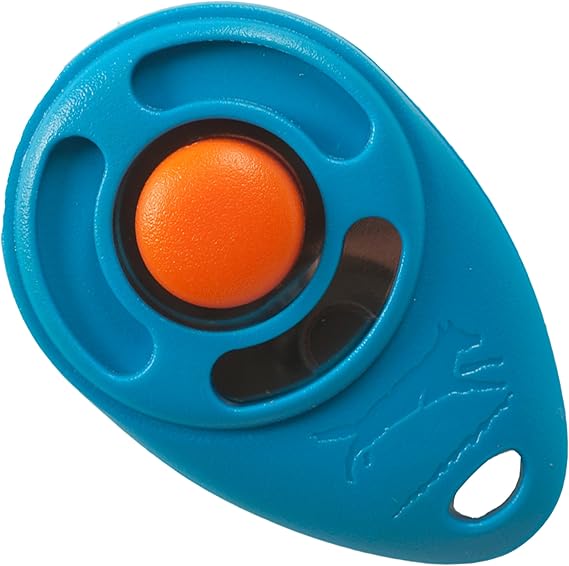
Starmark Pro-Training Clicker for Dogs

Amazon Brand Wag Chicken Flavor Hip & Joint for Dogs
"(Paid Links)" 
Why Teaching Your Dog Their Name is Important
Your dog’s name is their primary identifier, and understanding it helps them respond to commands and communicate better. When your dog recognizes their name, they are more likely to pay attention to you, making training easier and improving your relationship. A dog that responds strongly to their name also increases safety because they are less likely to get into danger.
Steps to Teach Your Dog Their Name
Choose the Right Moment
Select a quiet environment free from distractions. This could be indoors or a calm outdoor space where your dog feels comfortable.
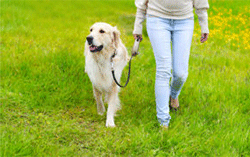
Gather Treats
Use high-value treats that your dog loves. These will motivate them to pay attention and associate their name with something positive.
Apply Positive Reinforcement
To begin, call your dog by name in a happy, optimistic voice. For example, Tony! As soon as your dog looks at you or reacts, say, "Good boy!" Give them a treat right away when they do.
Repeat the Process
Proceed with this procedure, calling them by name multiple times in quick bursts of five to ten minutes. It's important to be consistent and practice multiple times a day, but shorten the sessions to keep your dog engaged.
Introduce Distractions Gradually
When your dog knows to come when called quietly, you can begin to add small distractions. This could be background noise, people, or toys. Even in the middle of these distractions, keep rewarding them for answering their name.
Practice in Different Settings
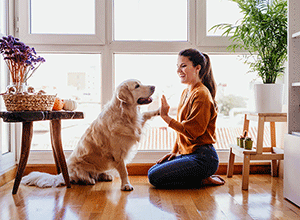
Practice this on different places, such as your yard, the park, or within your house, to help you retain what you've learnt. By doing this, your dog's name recognition skills become more universal, It will help your dog to recognize the same name in any situation.
Incorporate Play
Use playtime to reinforce their name. Call your dog during games, and reward them with treats and praise when they come to you. This makes learning fun and engaging.
Avoid Negative Associations
Never use your dog’s name when scolding them. If your dog learns that their name is associated with negative experiences, they may be less inclined to respond positively when called.
Be Patient and Consistent
Teaching your dog their name requires lot of patience and time. While some dogs may pick it up immediately, others may need more time. Consistency is essential; practise and use their name consistently.
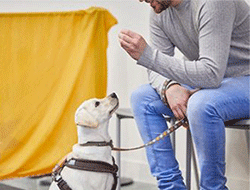
Celebrate Your Dog's Success
Give them lots of praise whenever they successfully respond to their name. They are encouraged to respond in the future as a result of this reinforcement of their behaviours.
Troubleshooting
If your dog seems indifferent to their name, try the following tips
Change the Tone
Use a higher-pitched, happier tone when calling their name. Dogs often respond better to a cheerful voice.
Reduce Distractions
If your dog is distracted by their surroundings, try practicing in a quieter space.
Increase Treat Value
If your dog isn’t motivated by the treats you’re using, switch to higher-value options like small pieces of cooked chicken or cheese.
Conclusion
One of the most basic yet important training steps is teaching your dog their name. Your dog can learn to recognize and respond to their name with time, consistency, and positive reinforcement, which can improve communication and fortify your relationship. This basic training will prepare your dog for more complex commands and a contented, well-mannered dog. So get some goodies, look for a peaceful area, and begin this rewarding adventure with your pet.
